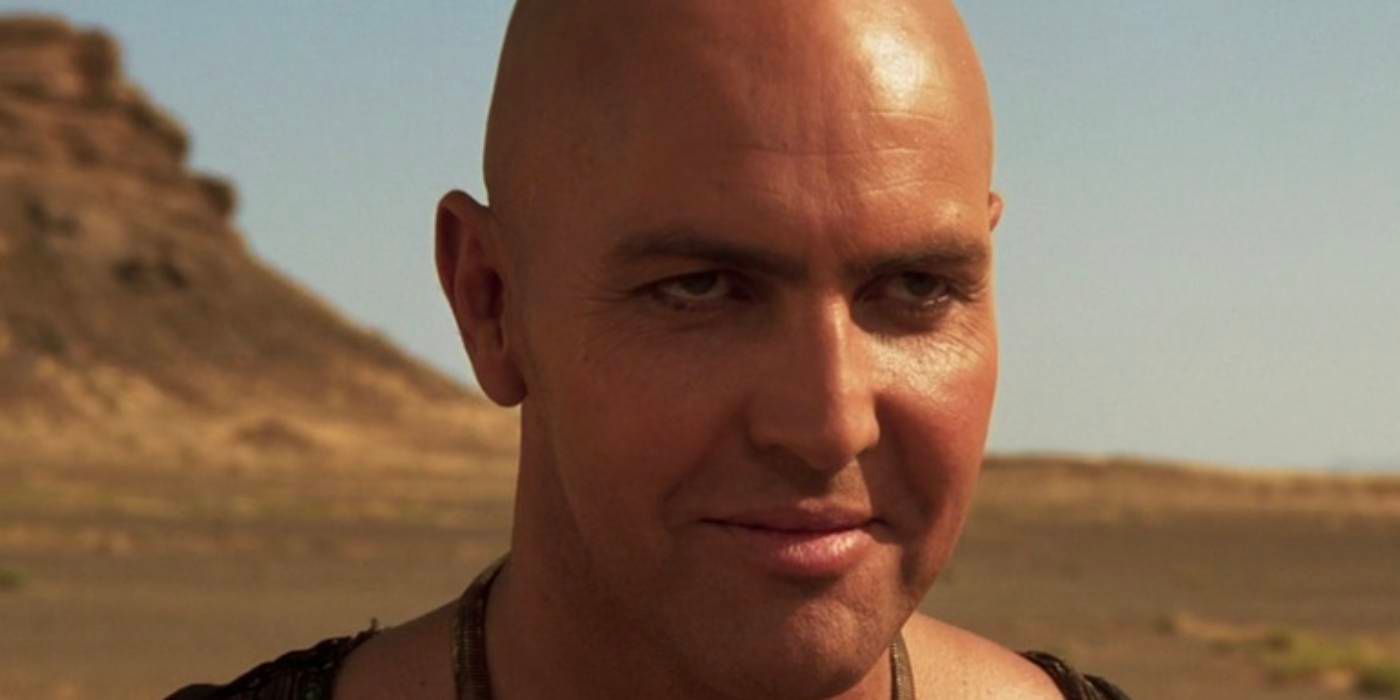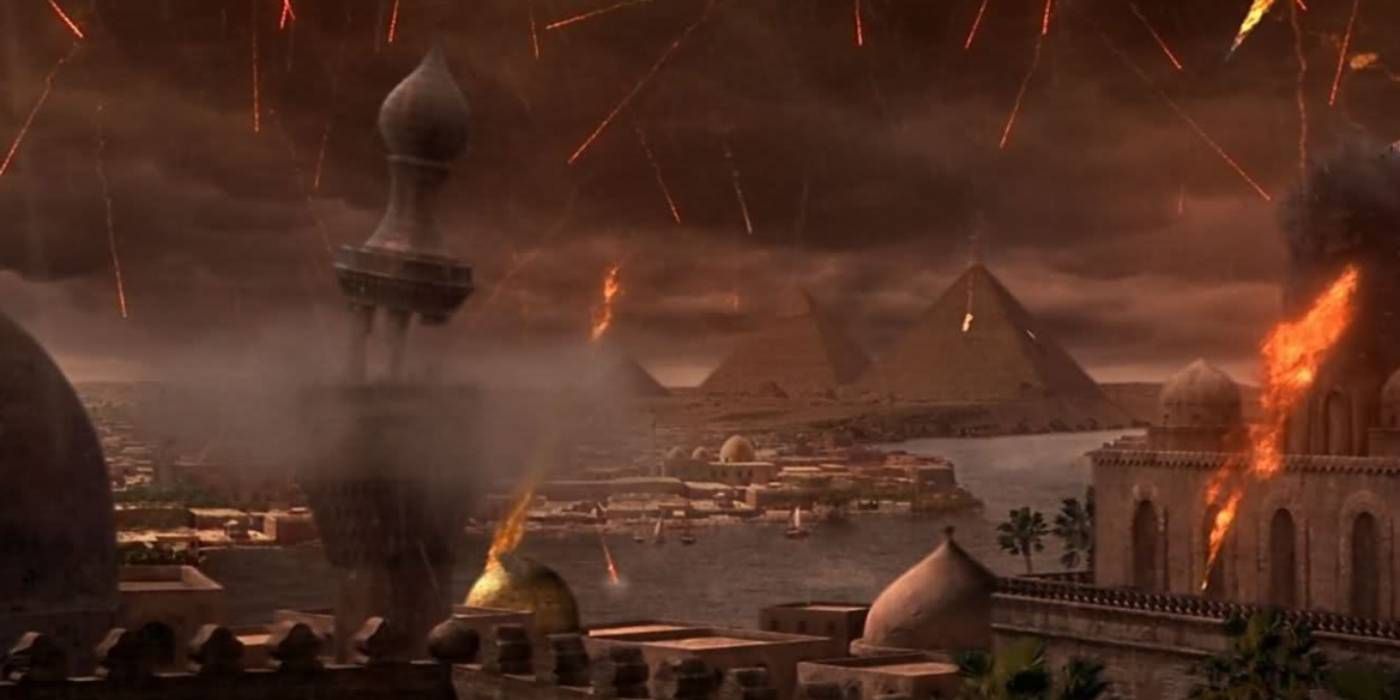Stephen Sommers’ The Mummy is a beloved adventure movie, but one of its major story parts creates a historical plot hole. Led by Brendan Fraser as adventurer Rick O'Connell, The Mummy arrived in theaters in 1999 as a remake of the 1932 Boris Karloff original. The film followed a similar story of Egyptian priest Imhotep (Arnold Vosloo) being accidentally resurrected by an excavation team guided by O’Connell, but brought modern visual effects to make him a more superhuman threat.
In The Mummy, Imhotep’s murder of Pharaoh Seti I (Aharon Ipalé) after his illicit affair with the Pharaoh’s mistress Anck-su-namun (Patricia Velasquez) leads to him being condemned to a cursed mummification and burial ritual known as the “Hom-Dai.” As revealed in The Mummy by Evelyn (Rachel Weisz), the Hom-Dai was a feared curse even among ancient Egyptians, as a resurrected Hom-Dai subject would wield the power of the 10 plagues of Egpyt. Imhotep does exactly that upon his return, but his mummification in the timeline of The Mummy's story doesn’t seem to line up with the historical timeline of when the plagues actually struck Egypt.
After his return, Imhotep recruits Beni (Kevin J. O’Connor) to be his stooge after Beni holds a Star of David up to him and speaks Hebrew, which Imhotep refers to as “The language of the slaves.” This indicates that, at the time of Imhotep’s Hom-Dai condemnation, he viewed the Jewish people as slaves, meaning Moses had not yet arrived to unleash the 10 plagues on Egypt in order to free his people from slavery. In turn, this raises the question of how one mummified under the Hom-Dai ritual could bring the plagues upon their resurrection if Egypt itself hadn’t experienced them yet.
Egypt’s prosperity during Imhotep’s time can be seen during The Mummy's (originally somewhat different) opening prologue, with Egypt appearing to be an empire at the height of its power. Additionally, Evelyn also mentions Seti I was “said to the be the wealthiest Pharaoh of them all” to her brother Jonathan (John Hannah) while examining the map to the lost city of Hamunaptra. Seti I’s purported wealth and the generally robust living conditions shown in Egypt in Imhotep’s lifetime further suggest that rivers of blood and plagues of locusts lay in Egypt’s future rather than its past.
The Mummy has a lot of fun combining history with supernatural elements, and it makes great use of the plagues. When Imhotep brings one down upon modern-day Egypt, Jonathan frequently provides a running commentary that ranges from authoritative to darkly humorous. At first listing off Biblical passages corresponding to the plagues of blood and darkness, Jonathan dryly comments on the power of The Mummy's Imhotep with “Last but not least, my favorite plague, boils and sores” as Imhotep leads a brainwashed army chanting his name.
In all, the timeframe of the 10 plagues and the Hom-Dai not lining up doesn’t do much to hurt The Mummy. As one of the biggest hits of 1999, The Mummy is still a fun adventure romp with horror elements to revisit years later, while the plagues make a nice added touch to Imhotep’s abilities as a resurrected mummy. The more scholarly or biblically inclined might frown a bit upon the chronological flub of the plagues being wielded by a mummy buried before they struck Egypt. Even still, The Mummy’s use of them is hardly regrettable (though overlooking The Mummy's failed Dark Universe reboot certainly is.)


